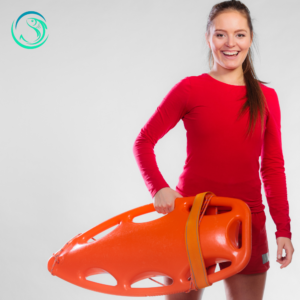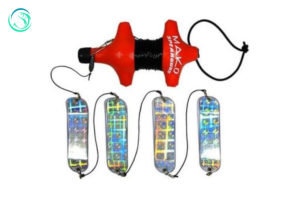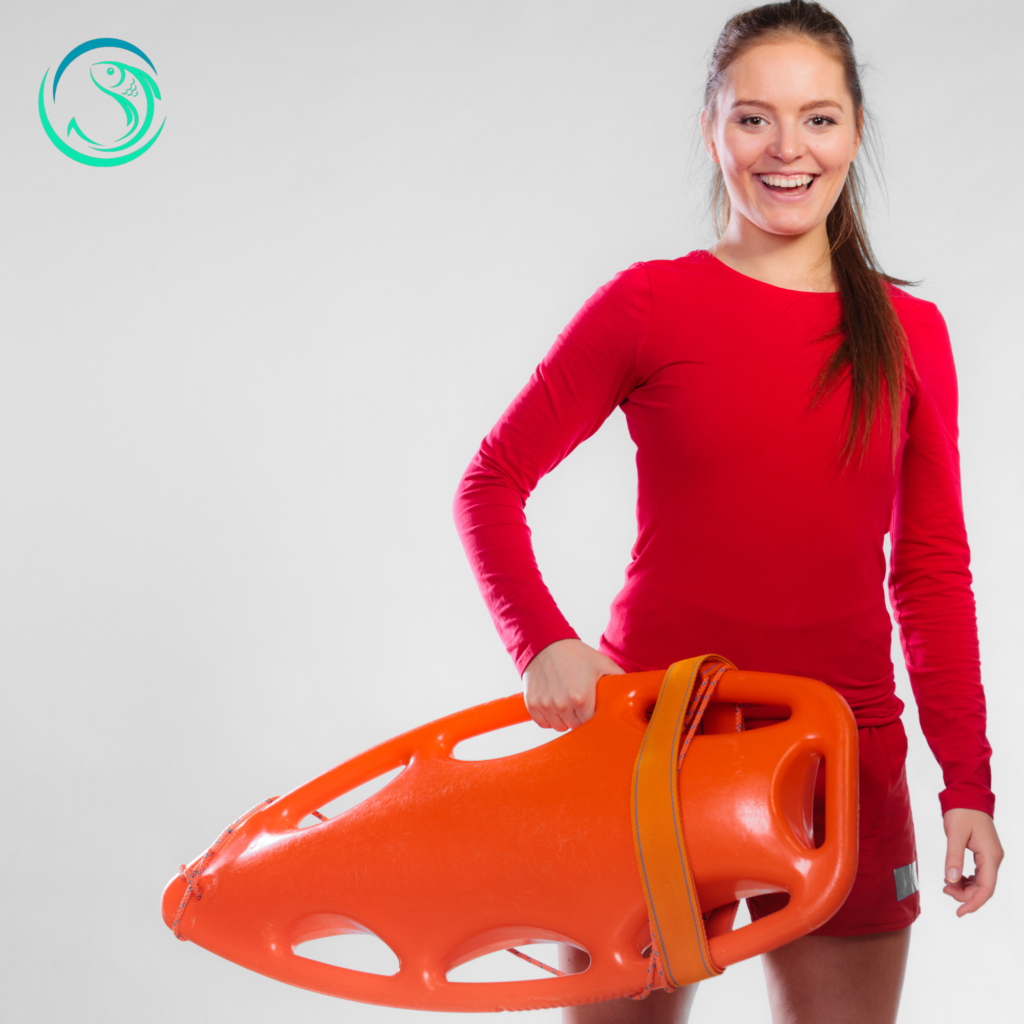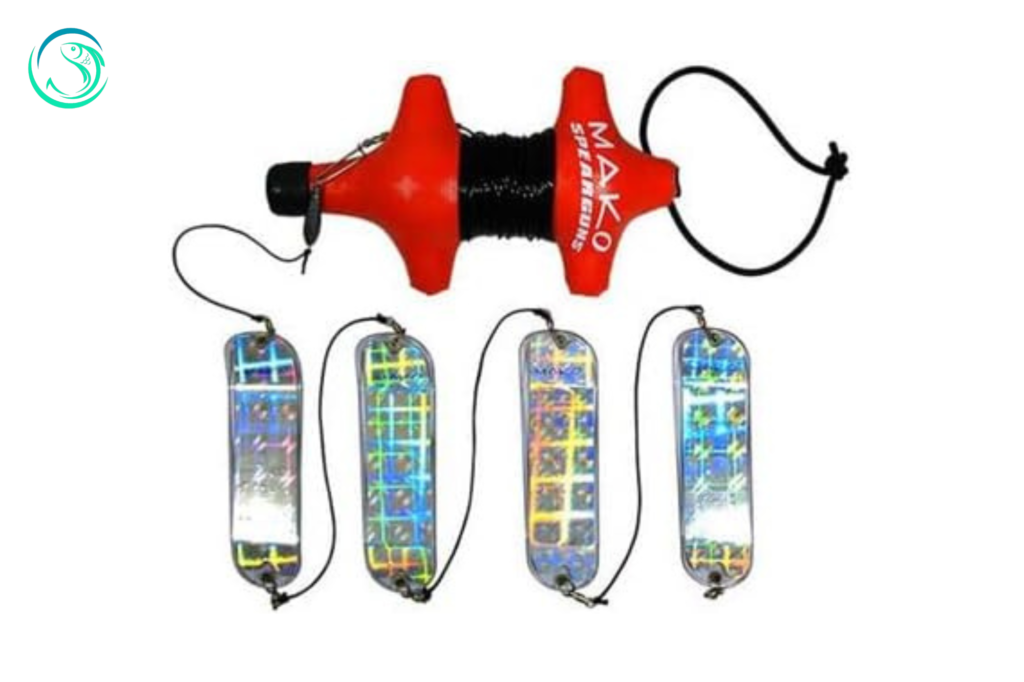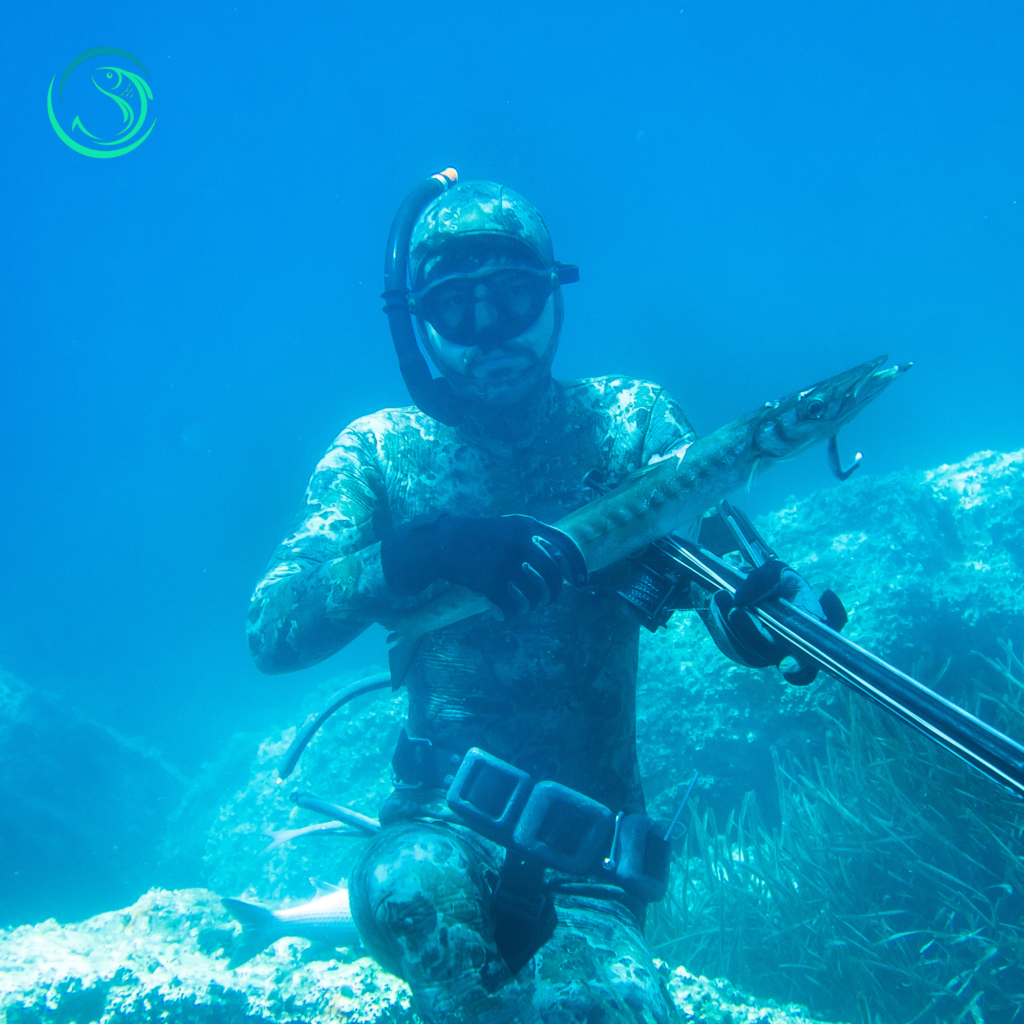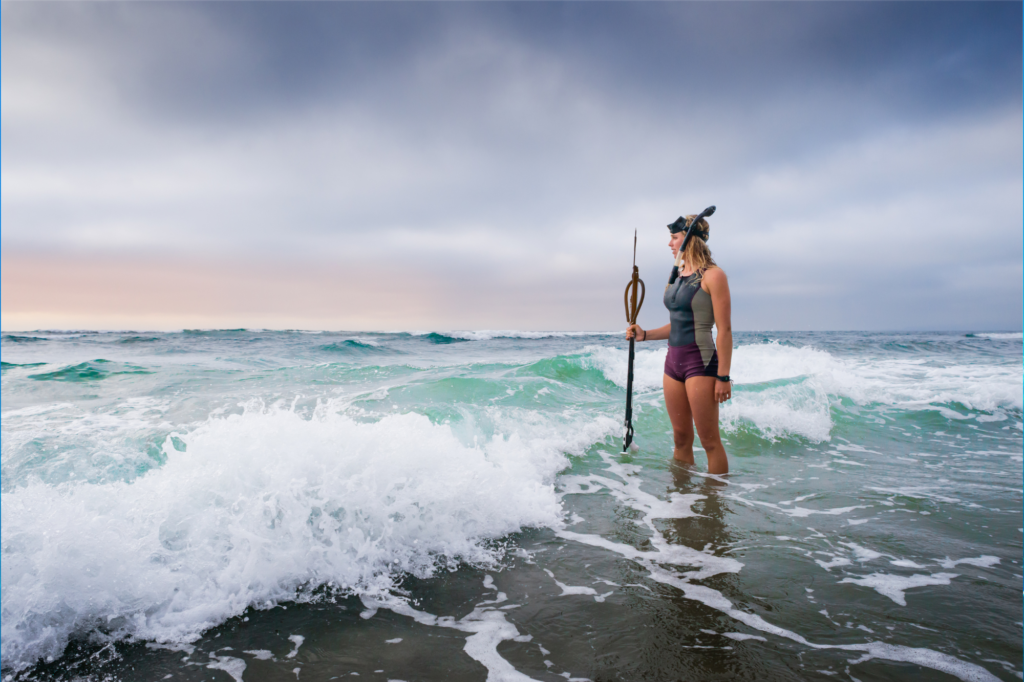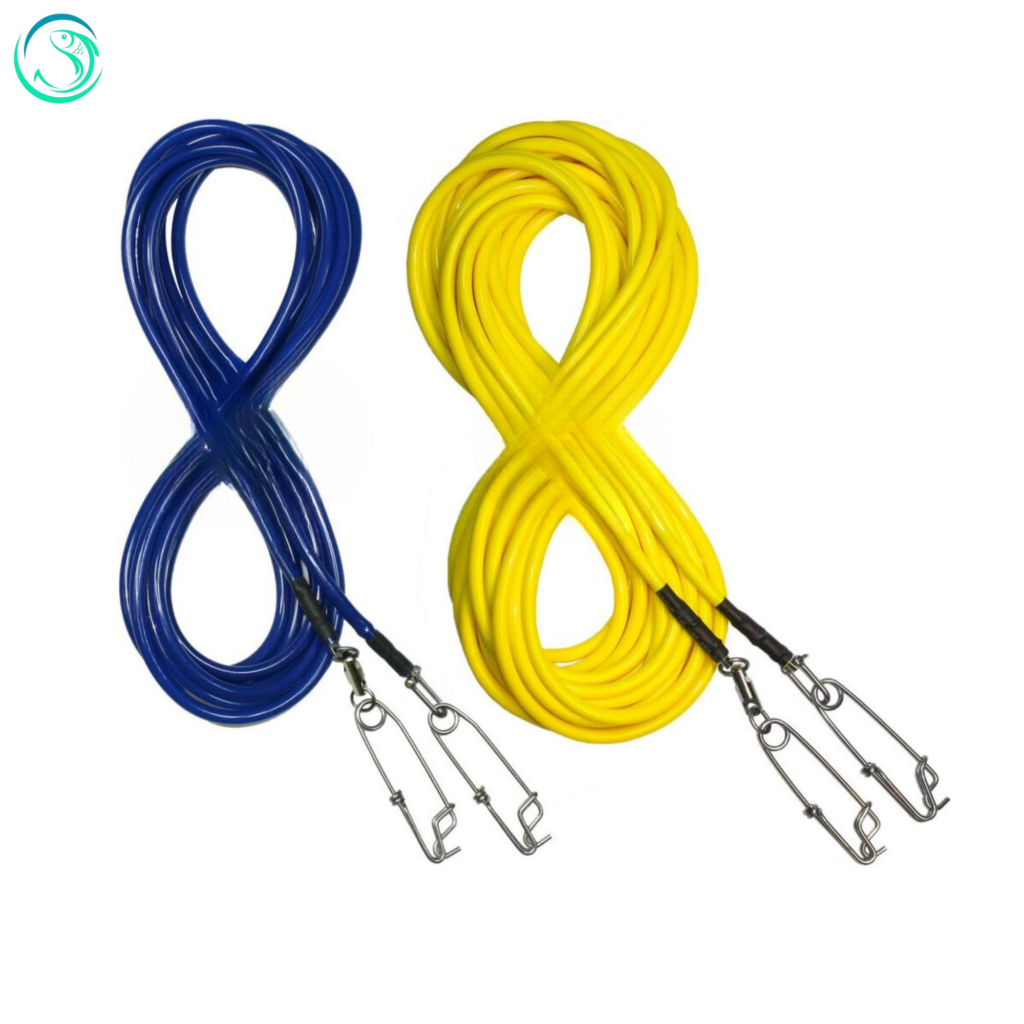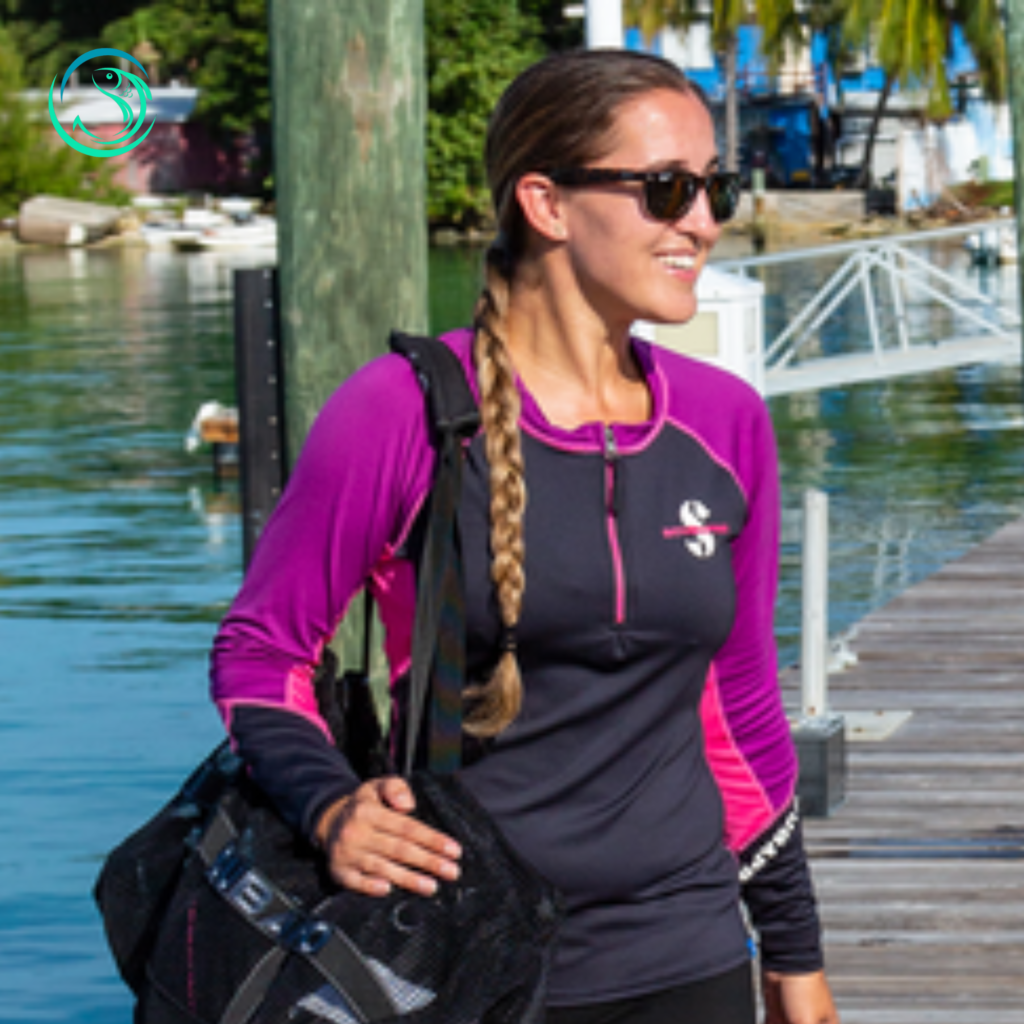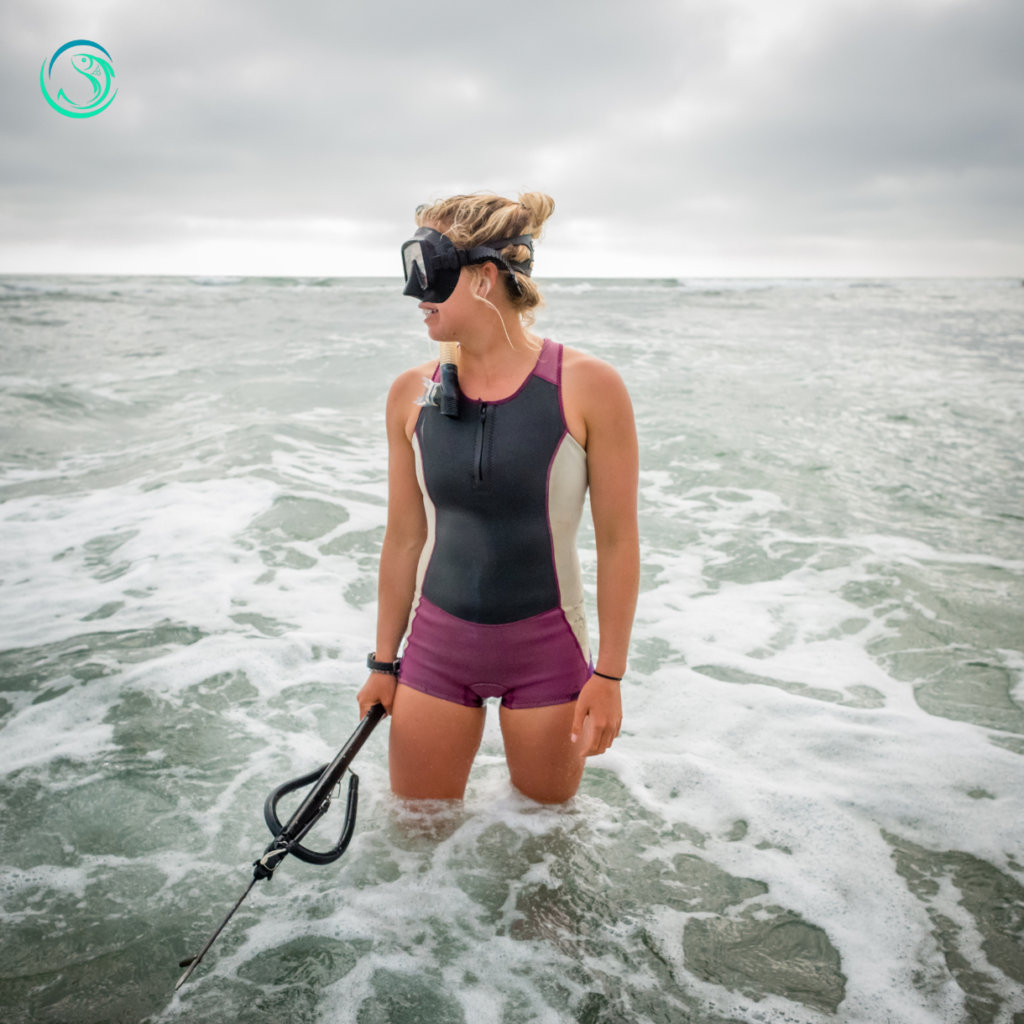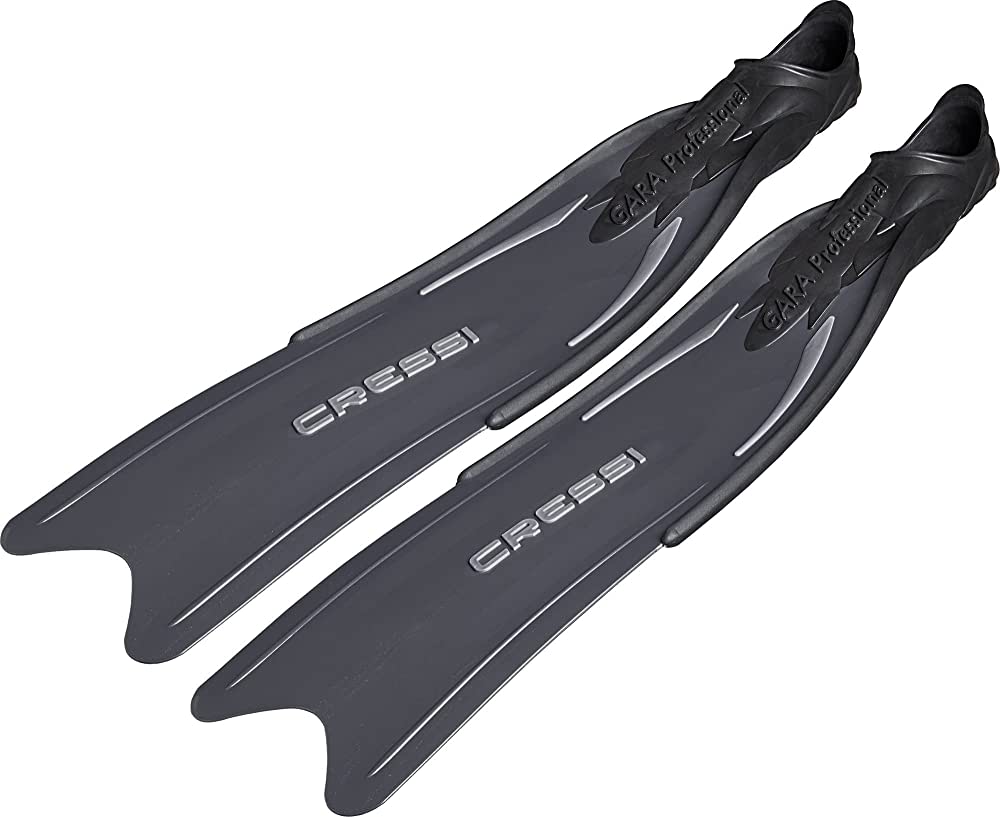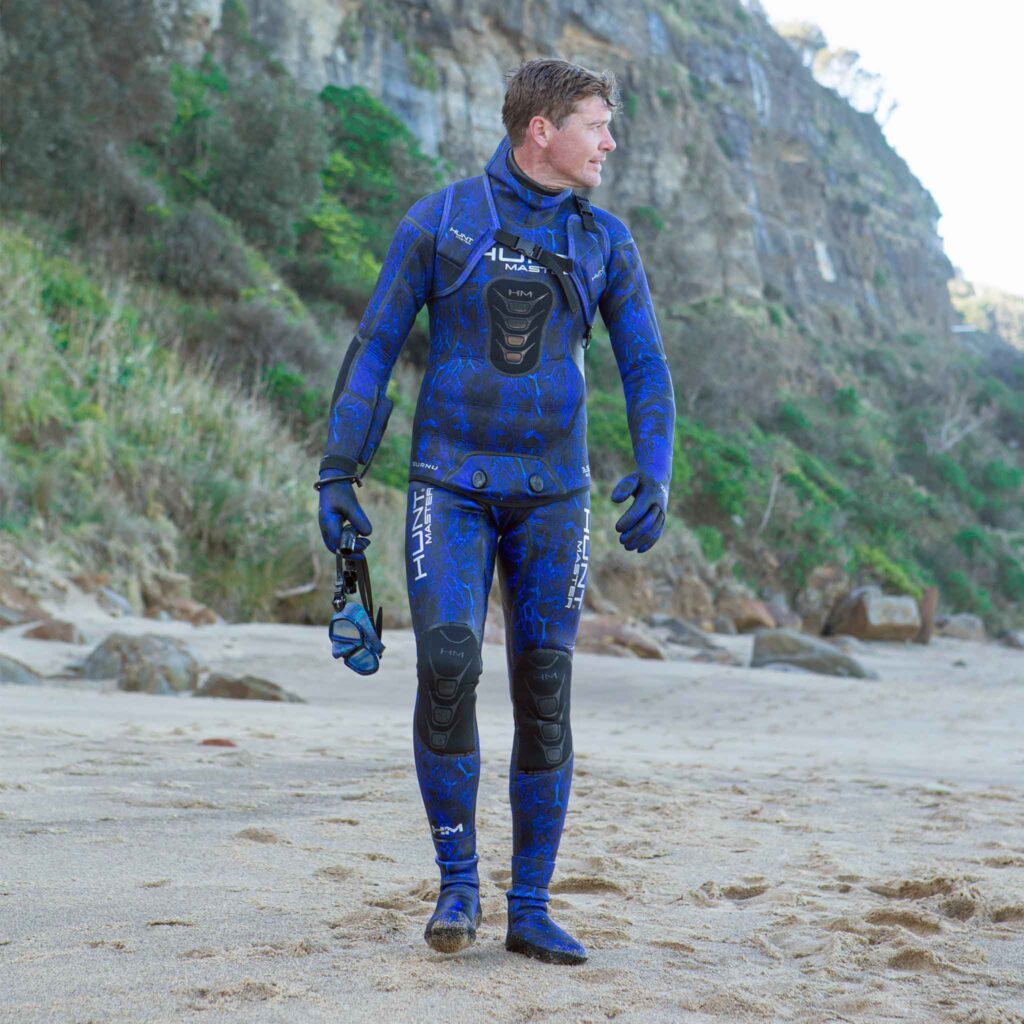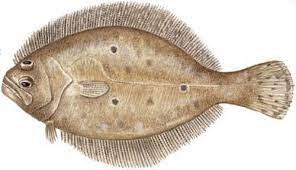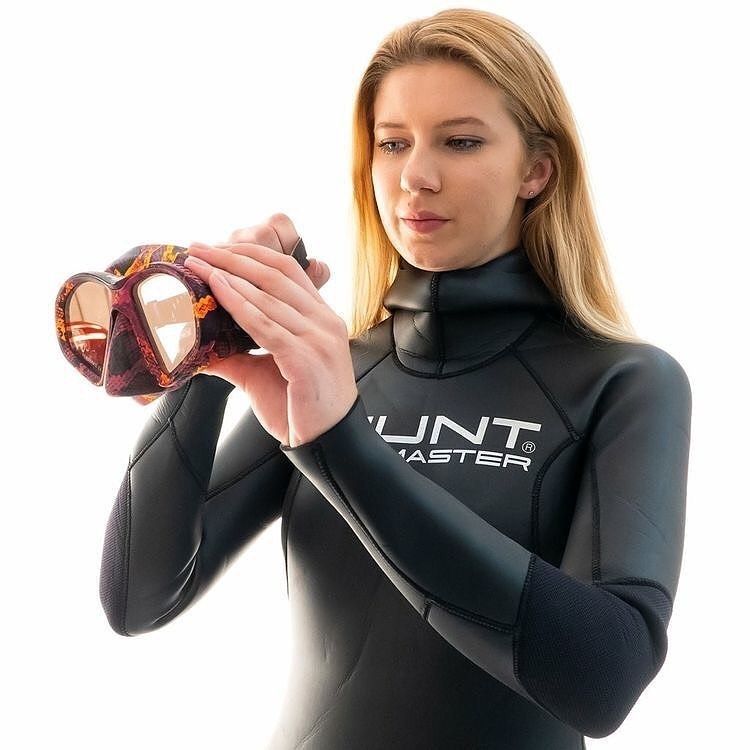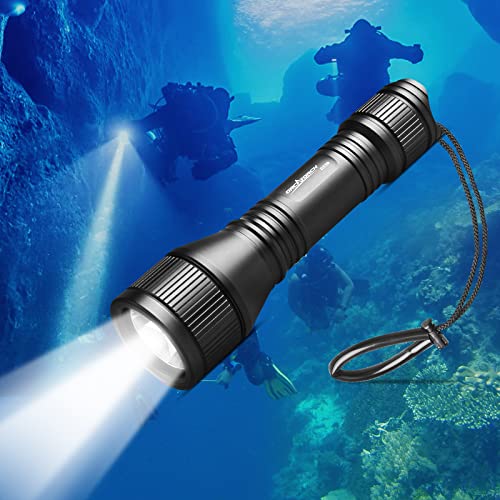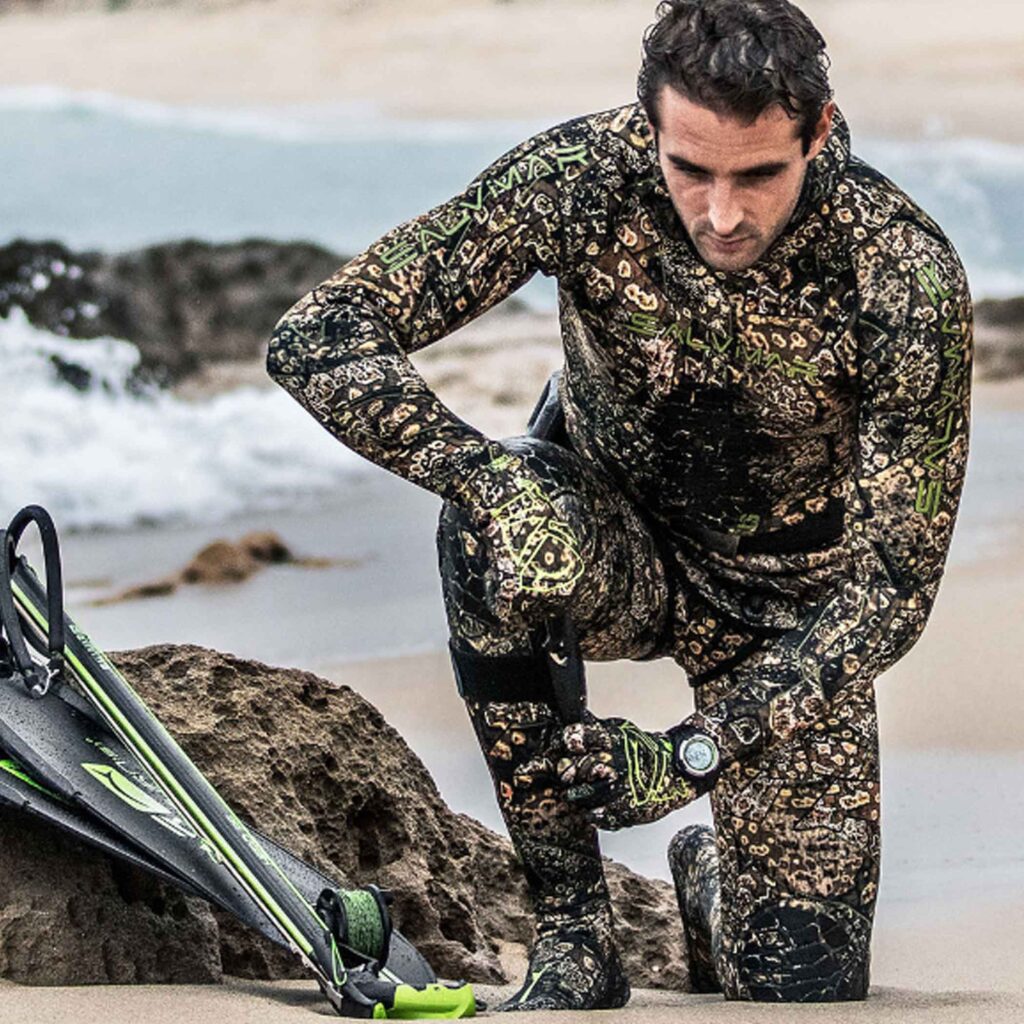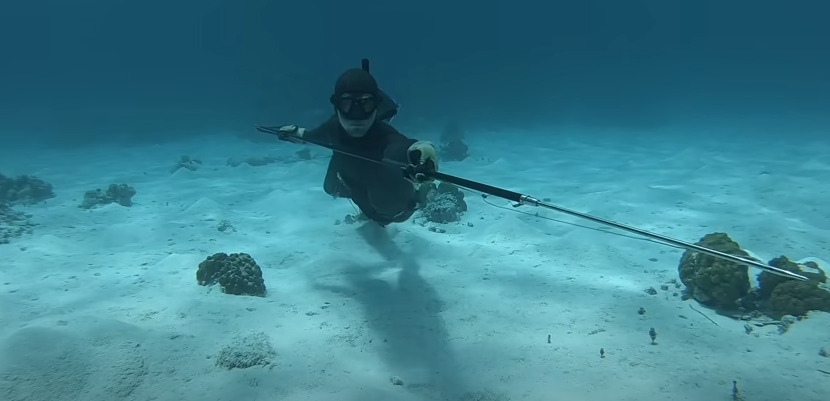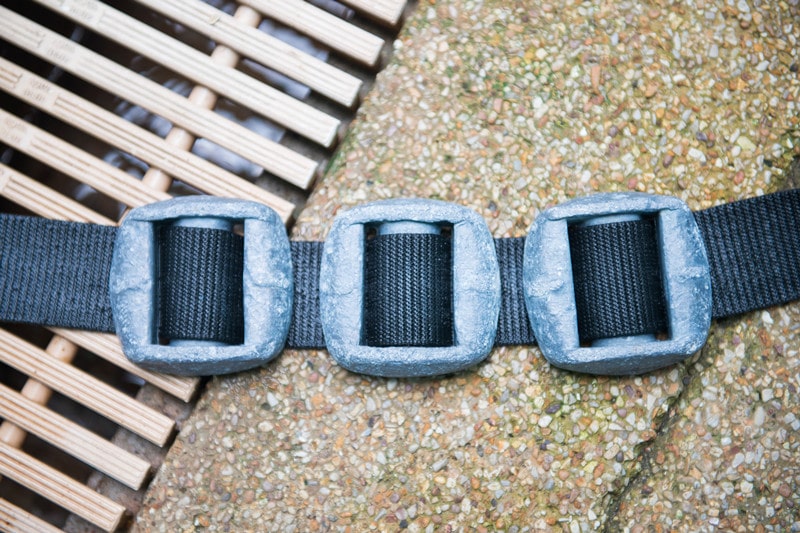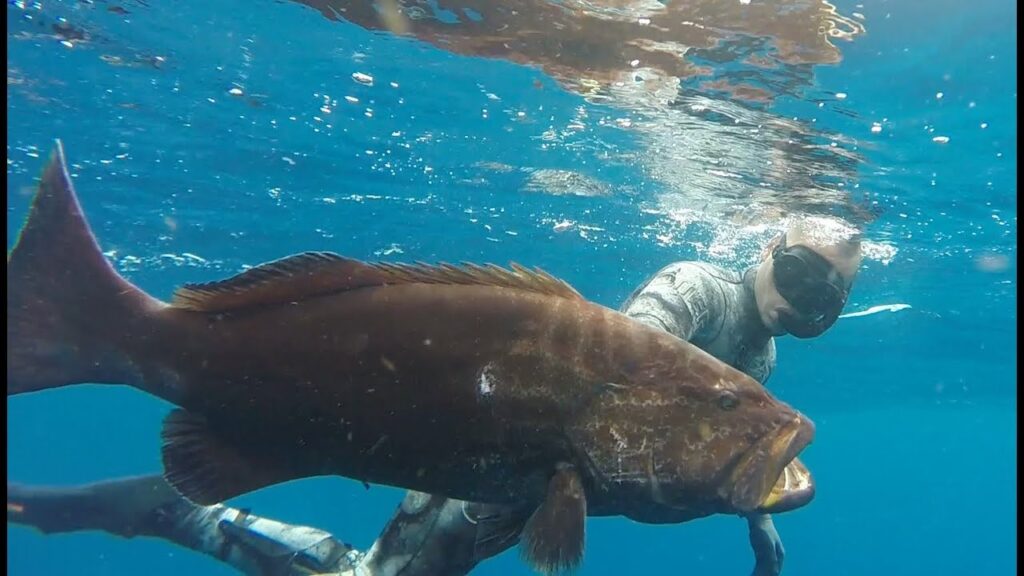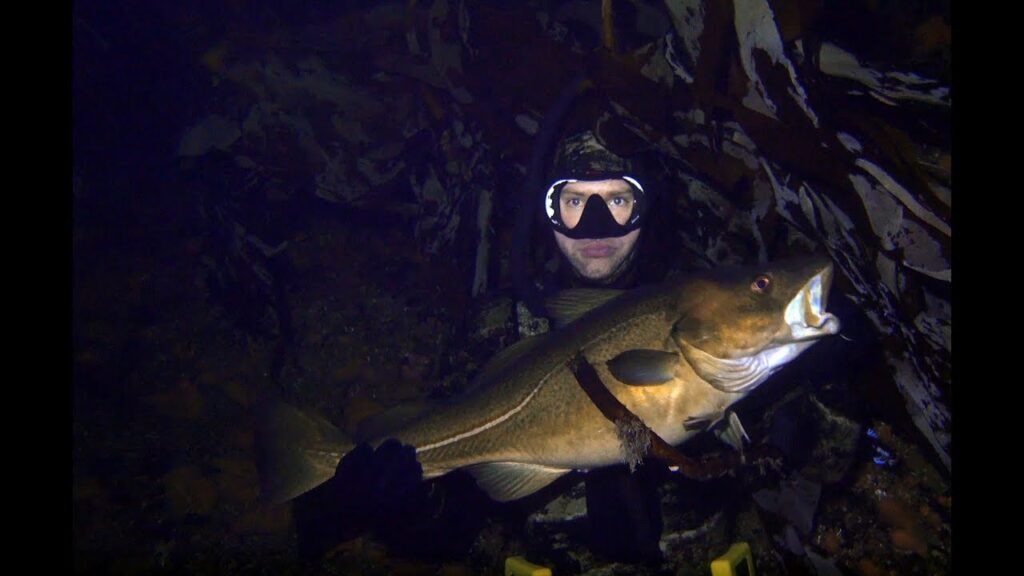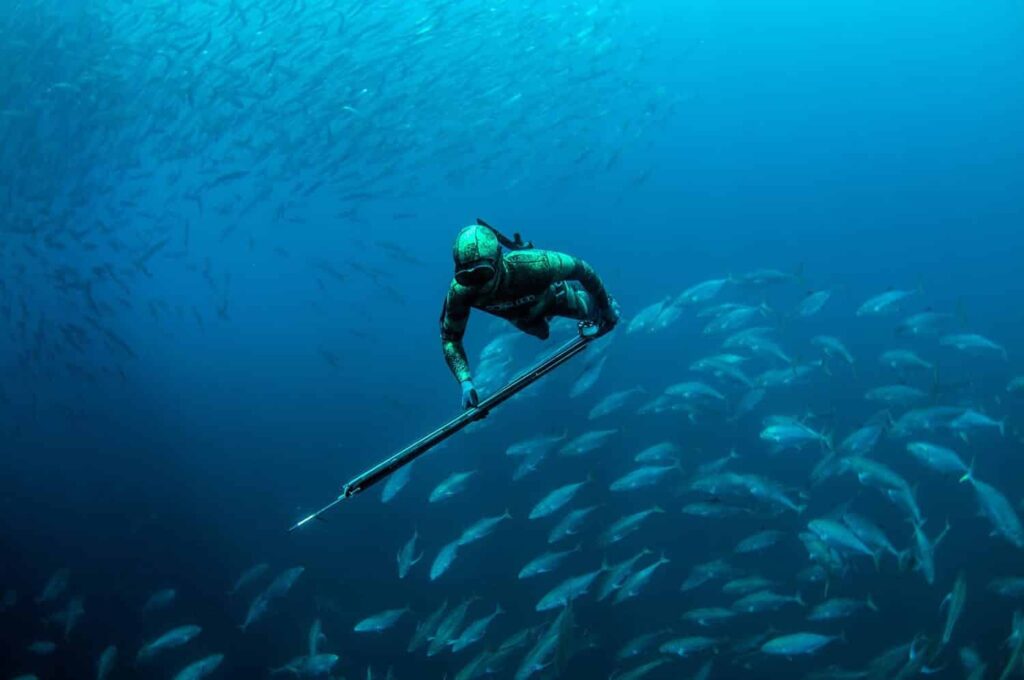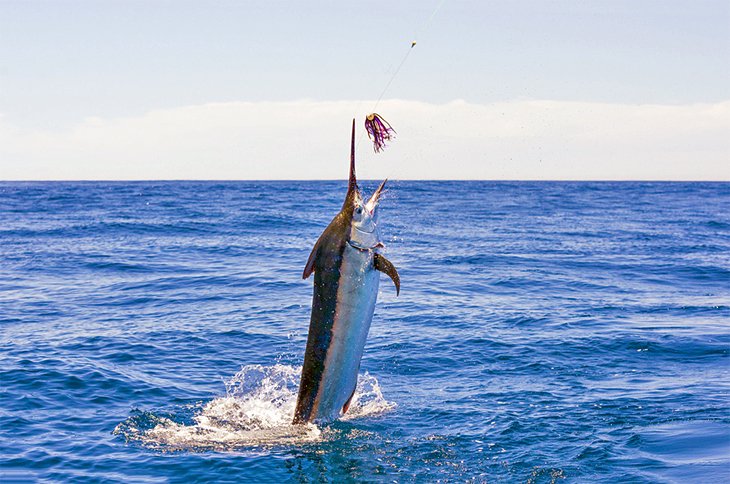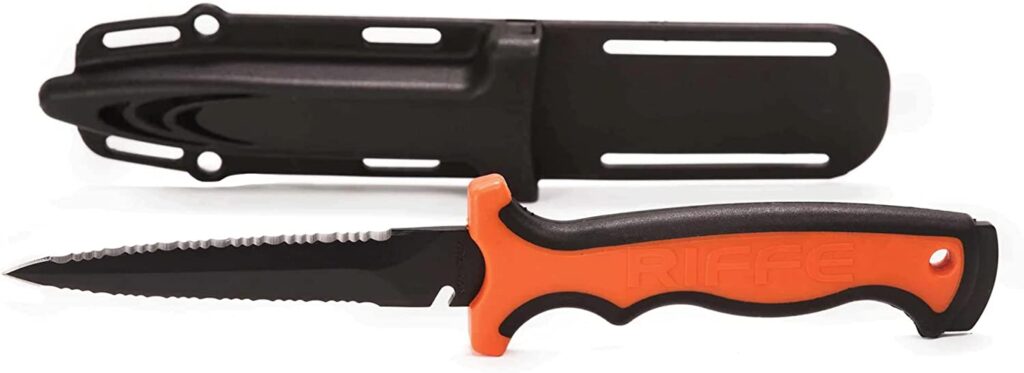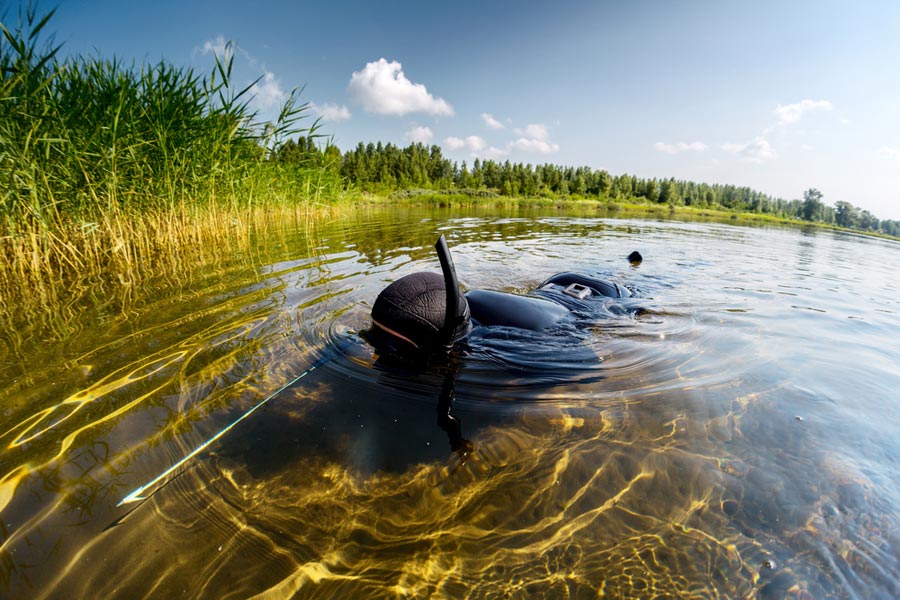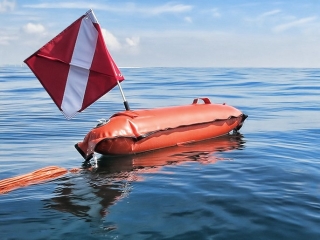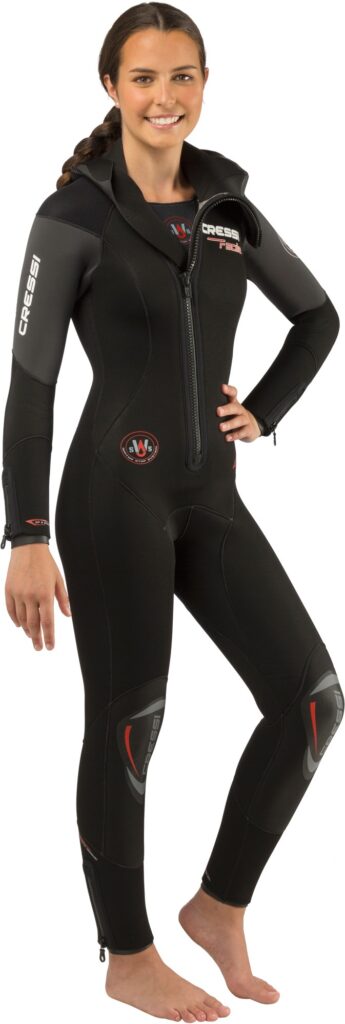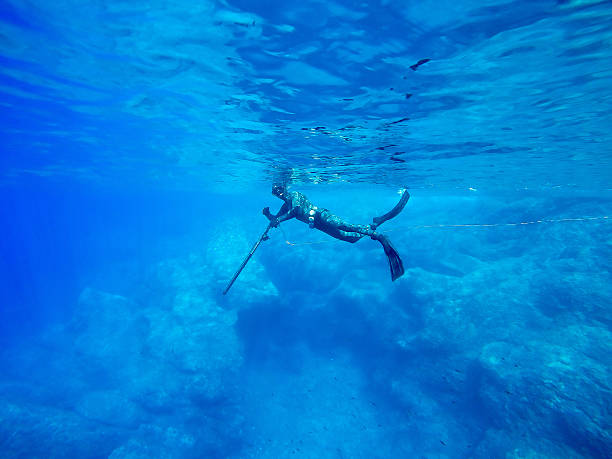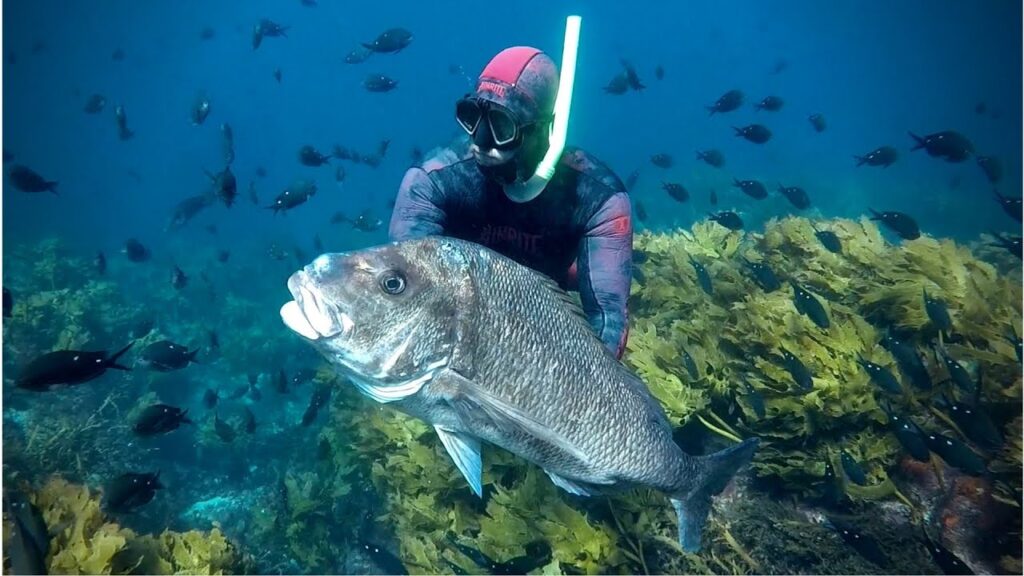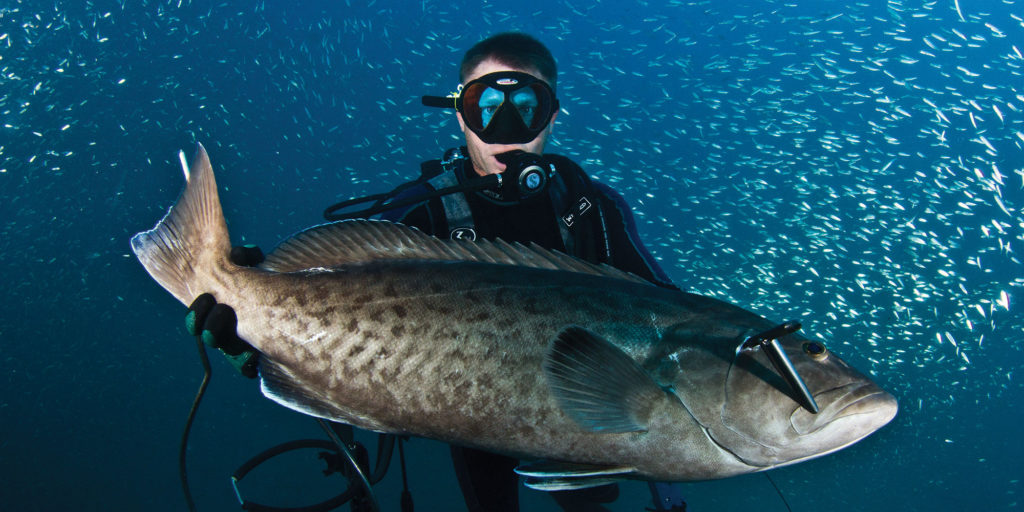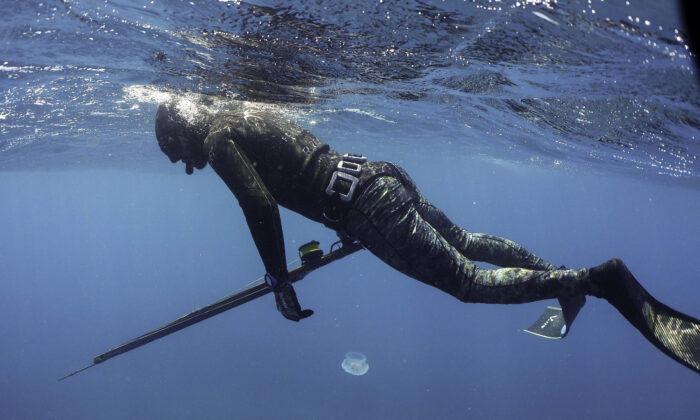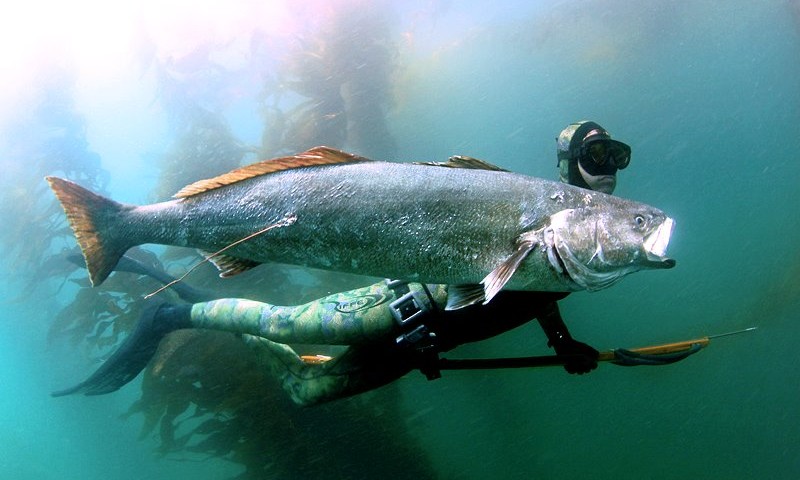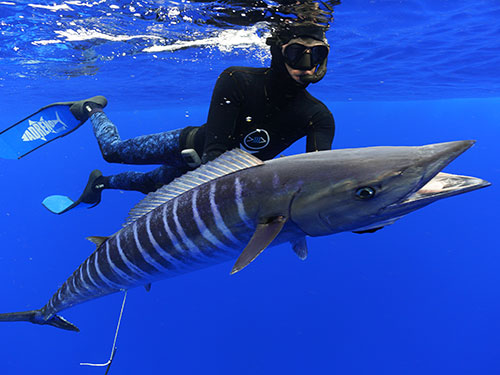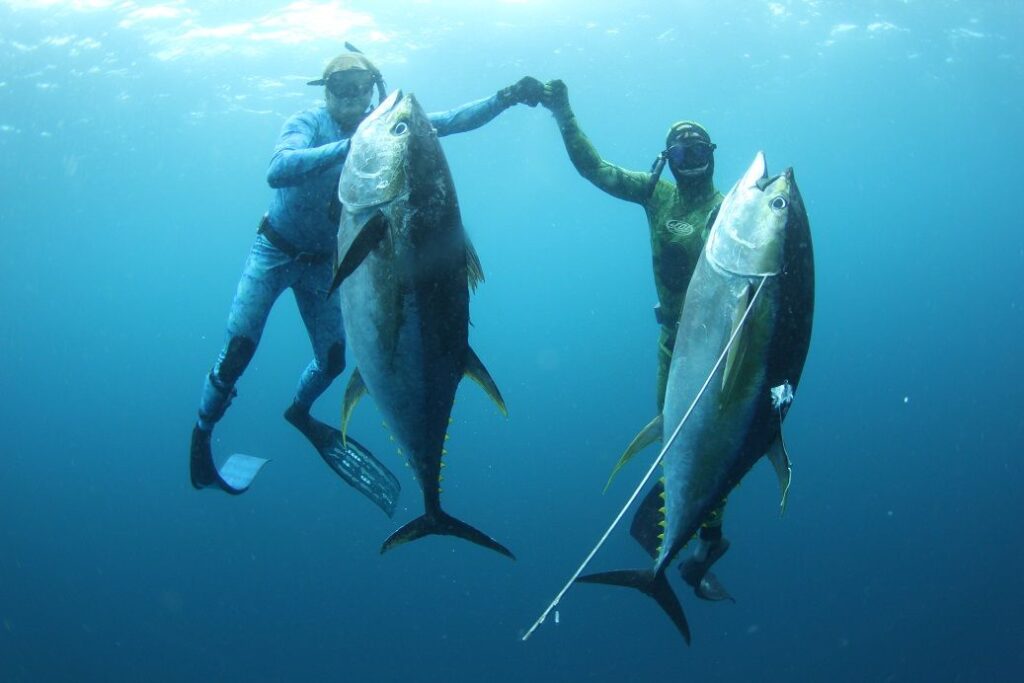The right gear, following spearfishing safety tips and knowing how to handle a line tangle all contribute to a successful dive. Spearfish safety starts with the basics.
Spearfishing is one of the most exciting and rewarding activities you can do during your time off. It can be an extremely fun, rewarding, and exciting sport, but it also comes with its own set of risks and dangers.
You can reduce these risks, as well as the potential for injury, if you’re aware of spearfishing safety before diving in.
So, it’s important to follow certain safety precautions before you plan to hunt in the ocean. Be aware of spearfishing safety tips before you dive in, from wearing the proper safety equipment to knowing your limits.
The better you prepare yourself before you dive in, the safer you’ll be, and the more successful your hunt will be.
No matter how long you’ve been doing it or how experienced you are, there’s always something to learn about diving safely.
Take some time to check out our top 10 spearfishing safety tips to follow before diving into the water.
Spearfishing Safety Tips:
1) Get Trained and Certified
If you are spearfishing in the ocean, it is important to be aware of your surroundings. It is also important that you have a few pieces of equipment with you: spearfishing safety glasses, a spearfishing safety vest, and a speargun.
When diving for fish, the most important thing is staying safe, so ensure you get trained and certified before jumping into the water.
You can find these items at any spearfishing store or shop selling this type of gear. However, once you’re geared up, there are some rules to follow as well.
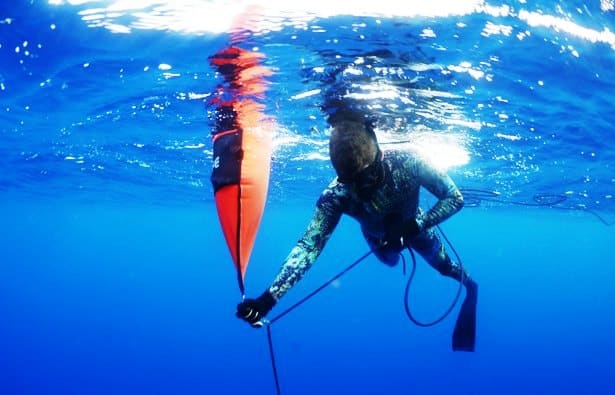
It’s always important to stay calm if something goes wrong to prevent yourself from hyperventilating. Otherwise, it can lead to passing out underwater and being taken by sharks or jellyfish who enjoy eating unconscious humans!
2) Go with A Buddy
Always go spearfishing with a buddy, or at least know where your buddies are. Having a buddy with you is key in case anything goes wrong. Also, if you get separated, make sure someone knows where you are and when you’re expected back.
Be sure that the person knows how to contact emergency services if needed. Always dive with safety equipment like a spearfish safety vest, spearfish safety glasses, and proper weighting.
Remember, safety is important if you want to continue enjoying spearfishing safely.
3) Check The Weather Forecast (Waves, tides, and currents)
Before diving in, make sure you are physically fit and know the rules of spearfishing safety. Make sure you have all the gear needed for spearfishing safety and that you’re fully aware of any waves, tides, and currents before you head out into the ocean.
The weather forecast is important when planning a dive as it can change rapidly at sea. It is also important to take a physical fitness test and other factors into consideration when deciding if you are ready for a dive.
Don’t forget about your equipment and the different pieces of equipment necessary for safety while spearfishing (e.g., speargun, mask, flippers, snorkel).
Safety accessories protect divers from surface intervals and line tangles, as well as ocean predators like sharks and stingrays.
4) Avoid Diving in wrecks
You can get in trouble diving in wrecks even if you’ve been diving for years.
Divers face many challenges when they explore wrecks, including line tangles, physical fitness, and deep-water blackout. Beware of line tangles that can happen when you’re trying to reel in the fish.
You should wear the right safety gear and weight yourself properly if you’re wreck diving. Don’t dive into shallow water or dive into wrecks if you’re not in good health and not weighted properly.
5) Use the Right Safety Gear
I cannot stress this enough.
Your face and eyes are the most important thing you need to protect. Make sure you always wear your spearfishing safety glasses when diving in wrecks or around surface intervals.
These areas can be very dark, and without your safety glasses, it’s easy for the sand or silt that may be on the bottom of the sea floor up your mask. That’s why wearing a spearfish safety vest is also crucial.
Gear yourself up with a well-fit wetsuit and the proper weighted belt before diving. Wearing these will keep you from freezing underwater, saving your life in case something goes wrong and forcing you to spend time at depth longer than planned!
A dive watch that can be seen underwater is essential so that you can time your dives and surface intervals to avoid shallow water blackout or any other issues related to decompression sickness.
6) Don’t Touch Anything Underwater & Respect Wildlife
Don’t touch anything underwater, including sea life. Have a spearfishing safety vest on. Respect wildlife and stay away from mothers with young.

Do not shoot anything too big. Also, don’t get in front of a shark, and be aware of their movement patterns (i.e., swimming, hovering over bait).
7) Be aware of dangerous Ocean Predators
Spearfishers have a lot of safety concerns to keep in mind, such as killer whales, conger eels, moray eels and sting rays. Whales prey on seals, so if you’re spearfishing near a small island where there are lots of seals or sea lions, be careful not to get too close.
If you see a whale coming your way and it’s looking at you, dive deep and swim away from the surface. Iki your fish asap as they can become stressed easily, as this could attract sharks.
While blood will attract a nearby shark, the vibrations of a wounded fish attract them from miles away. So be safe when diving for samba and follow these simple rules.
Have spearfishing shark safety awareness. It’s important to consider the risks that you take. There are many sharks in the ocean and not all of them are dangerous but it is important to be educated on their behavior before diving in. The way we behave can be a factor for them as well, so following spearfish safety rules.
8) Don’t Take Unnecessary Risks
Unnecessary risks under water can lead to disaster. Wear a spearfishing safety vest, spearfishing safety goggles and follow the following rules: never dive in wrecks, surface intervals should be no longer than 120 seconds. Stay alert!
9) Learn First Aid and CPR
As a spearfishing guide, I’m always looking for ways to improve the safety and experience of spearos. So, before your practice spearfishing, learn first aid and CPR skills so that you are prepared in case something goes wrong during a dive or when someone surfaces too quickly.
CPR classes are inexpensive, fast and easy to find with some quick internet research. And if you want to be completely safe about it, take an ocean predator awareness course as well!
10) Have Sufficient Surface Intervals
One of the most important things you can do for your safety is make sure you have sufficient surface intervals.
Before going back underwater, spearfishers should rest on the surface for 10 minutes.
This will allow your body to re-oxygenate and remove nitrogen from your system in order to prevent shallow water blackout, which has led to countless accidents and fatalities around the world.
Bottom Line
The best part of spearfishing is that it’s a relatively safe sport. It does involve diving in the ocean, which always comes with some inherent risk, but there are ways to mitigate those risks.
Always follow spearfishing safety rules and make sure you’re physically fit and properly weighted before diving in.
If you’re not fully confident in your skills or gear, read our “Spearfishing for Beginners Guide” & Check our “Equipment list.”
What to do?
- Keep an eye out for line tangles as well as sharks while spearfishing.
- Never dive alone. Always have someone above water that knows where you’re going, if possible.
- Stay within range of the shore if you want shallow water blackout prevention too.
- Use floats and flags when diving near boats, swimmers, or other divers
- Be aware of surface intervals when diving
- Don’t become complacent by wearing weights while snorkeling (which can lead to shallow water blackout)
- Use oxygen-enriched air when diving deeper than 60 feet
- Look for line tangles on the surface before entering the water, which could indicate dangers below.
- Sharks often inhabit wrecks, so it’s important to be aware of them both above and below the surface while spearfishing.
- Make sure to have spearfishing shark safety equipment like speargun cord safety caps and anti-shark line/coil loops.
- Always remember that proper weighting ensures long dives underwater without any danger of a shallow water blackout occurring due to rising levels of carbon dioxide buildup in the body.
Remember to stay calm and cool-headed at all times. Also, be physically fit for spearfishing – it’s no joke!
Hopefully, you’ll follow these spearfishing safety tips! Want more?
Watch out this video to equip yourself with freediving safety tips. 🙂
Want to add some? Would love to know your feedback!
FAQs
How can I stay safe while spearfishing?
To stay safe while spearfishing, make sure you are familiar with the area and the local laws and regulations. Always dive with a buddy, and use proper safety equipment such as a dive flag, buoy, and dive computer. Know your limits and never exceed them, and always have a plan in case of emergency.
What equipment do I need for spearfishing safety?
Some essential safety equipment for spearfishing includes a dive flag, buoy, dive computer, dive weights, fins, snorkel, and wetsuit. Have a first aid kit and signaling device on hand in case of emergencies.
How do I prevent decompression sickness while spearfishing?
To prevent decompression sickness, make sure to follow proper dive protocols and use a dive computer to monitor your dive times and depths. Avoid diving to great depths or staying down for long time, and always allow sufficient time for decompression stops on the way back up to the surface.
How can I avoid being bitten by a venomous fish while spearfishing?
To avoid being bitten by a venomous fish while spearfishing, be aware of your surroundings and the types of fish that are present in the area. Avoid handling or approaching venomous fish, and if you do encounter one, use caution and avoid making sudden movements or attempts to capture it.
What should I do if I get lost while spearfishing?
If you get lost while spearfishing, try to remain calm and stay close to the surface. Look for landmarks or other visible indicators of your location, and use your dive flag and buoy to signal for help. If you are unable to find your way back to shore or your boat, try to attract the attention of passing boats or other divers.
How do I avoid getting entangled in fishing lines or other underwater debris?
To avoid getting entangled in fishing lines or other underwater debris, stay aware of your surroundings and try to avoid diving in areas where there may be a lot of fishing activity. If you do encounter fishing lines or other debris, use caution and try to move away from it slowly and carefully.
How do I avoid shark attacks while spearfishing?
To avoid shark attacks while spearfishing, avoid diving in areas where sharks are present or where they are likely to be attracted to bait or prey. Avoid diving at dawn, dusk, or at night, when sharks are more active, and try to stay in groups rather than diving alone. If you do encounter a shark, avoid making sudden movements or attempting to capture it.
How do I prevent hypothermia while spearfishing?
To prevent hypothermia while spearfishing, dress appropriately for the water temperature and use a wetsuit to keep your body warm. Avoid staying in the water for too long, and take breaks to warm up and rehydrate. If you start to feel cold or sluggish, come out of the water as soon as possible.
How do I avoid ear barotrauma while spearfishing?
To avoid ear barotrauma while spearfishing, use proper equalization techniques and avoid diving to depths that exceed your limits. If you start to feel discomfort or pain in your ears, stop diving and ascend to the surface slowly.
What are the best safety measures to take when hunting in shallow water?
When hunting in shallow water, it is important to be aware of your surroundings and any potential hazards, such as rocks or other underwater obstacles. It is also important to maintain proper buoyancy and to avoid diving too deep to prevent the risk of decompression sickness. Use a float line or buoy to signal your presence to other boats or divers in the area.
What to do if a marine animal attacks while spearfishing?
If a marine animal attacks while spearfishing, it is important to remain calm and try to retreat slowly and calmly. If the animal is aggressive, it may be necessary to use your spearfishing gun as a defensive tool, but this should be a last resort. In most cases, the animal will retreat if given the opportunity.

